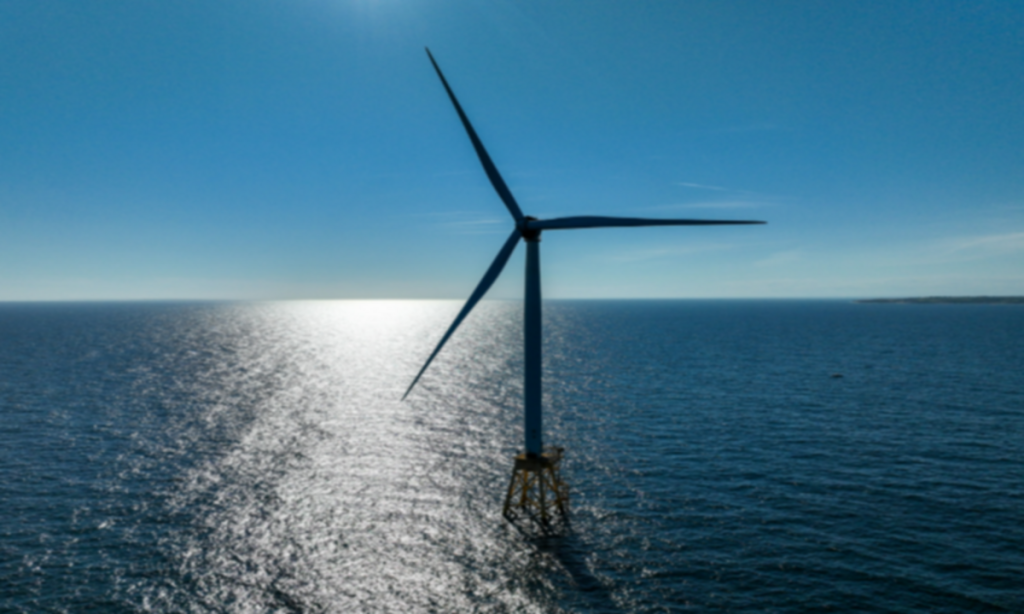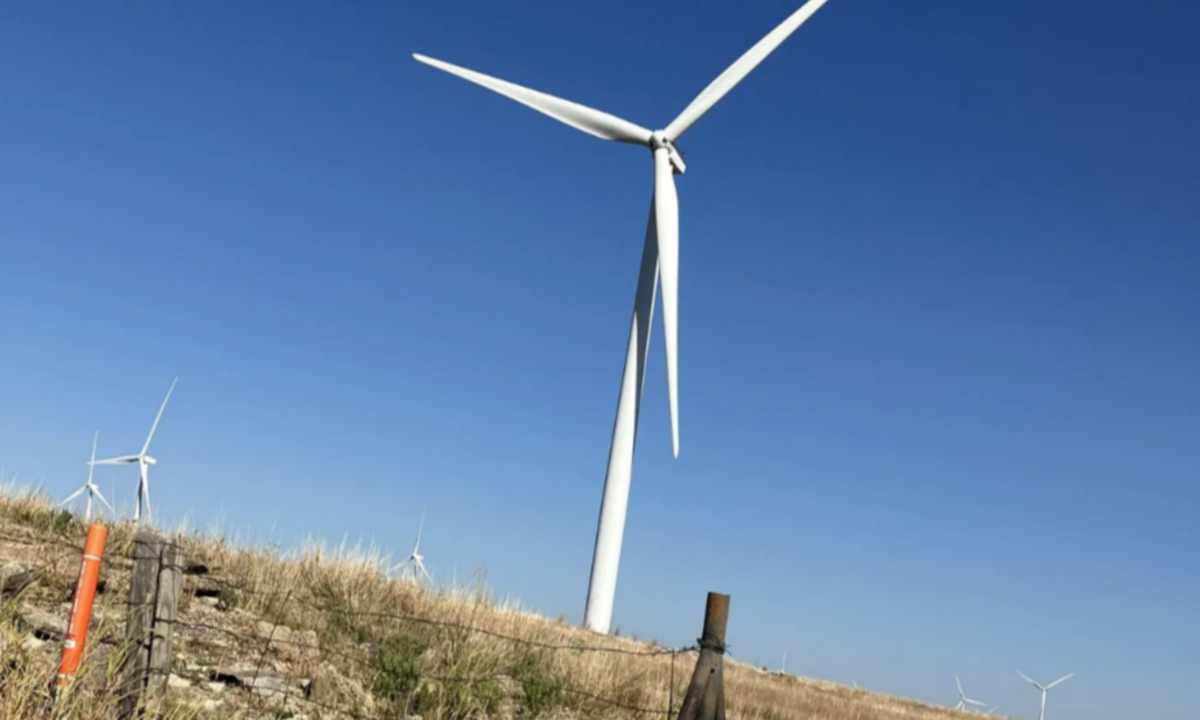President Donald Trump’s recent executive order has temporarily halted new wind energy projects on federal lands and waters, pending a comprehensive review. This move has raised concerns among renewable energy companies, especially those in Iowa, a state where wind power is a significant part of the energy landscape.
Impact on Iowa’s Wind Energy Sector
Iowa has been a leader in wind energy, with wind power accounting for nearly 65% of the state’s electricity in 2024. Companies like MidAmerican Energy have been at the forefront, investing heavily in wind projects. However, the new federal pause introduces uncertainty for ongoing and future developments.
For instance, MidAmerican Energy has plans for significant wind energy investments. The company’s spokesperson, Tina Hoffman, expressed concerns that scaling back wind energy tax credits could impact their renewable energy projects, potentially leading to job losses and reduced property tax revenues.
Industry Reactions
Manav Sharma, CEO of Nordex North America, an Iowa-based wind turbine manufacturer, acknowledged a sense of nervousness in the market due to the federal pause. While Nordex’s current plans remain unaffected, Sharma noted that some companies are delaying decisions amidst the uncertainty. He emphasized the importance of avoiding knee-jerk reactions and is seeking clarity from the federal government.
The American Clean Power Association has voiced strong opposition to the executive order, warning that it could increase consumer energy bills in states that rely heavily on wind power. They argue that the move contradicts efforts to promote domestic energy production and could harm American businesses and workers.
Local Concerns and Legislative Actions
In Iowa, the pause has prompted discussions among local officials and residents. Some counties, like Muscatine County, are considering temporary moratoriums on new wind farm approvals to reassess regulations and address residents’ concerns about turbine size and placement.
Farmers have also shared their experiences with wind turbines on their land. Sally Freeman, a Cedar County farmer, faced challenges with turbine maintenance and debris after multiple turbine fires. She is now advocating for more regulations to protect landowners and ensure companies are accountable for turbine upkeep.
Future Outlook
The executive order mandates a review of the environmental and economic impacts of wind projects, including their effects on wildlife and the costs associated with intermittent electricity generation. The outcome of this review will determine the future of wind energy development on federal lands and waters.
Industry leaders are closely monitoring the situation, hoping for a resolution that balances environmental concerns with the need for renewable energy development. The pause presents an opportunity for stakeholders to engage in discussions about the future of energy in the U.S. and the role of wind power in achieving sustainability goals.
Conclusion
President Trump’s executive order has introduced a period of uncertainty for the wind energy sector, particularly in states like Iowa that have heavily invested in wind power. As the federal review progresses, companies, local officials, and residents are navigating the challenges and implications of the pause, emphasizing the need for clear policies that support both energy development and environmental stewardship.
Disclaimer—Our team has checked this article to ensure its accuracy and eliminate any misinformation. We are committed to providing clear and reliable information for our readers.


